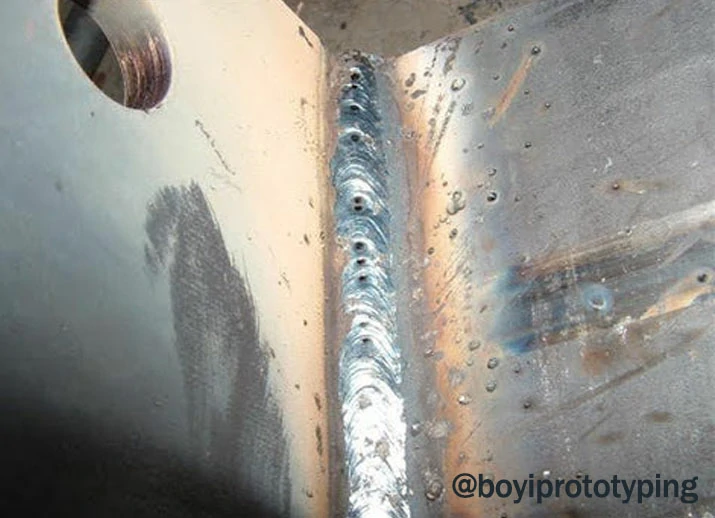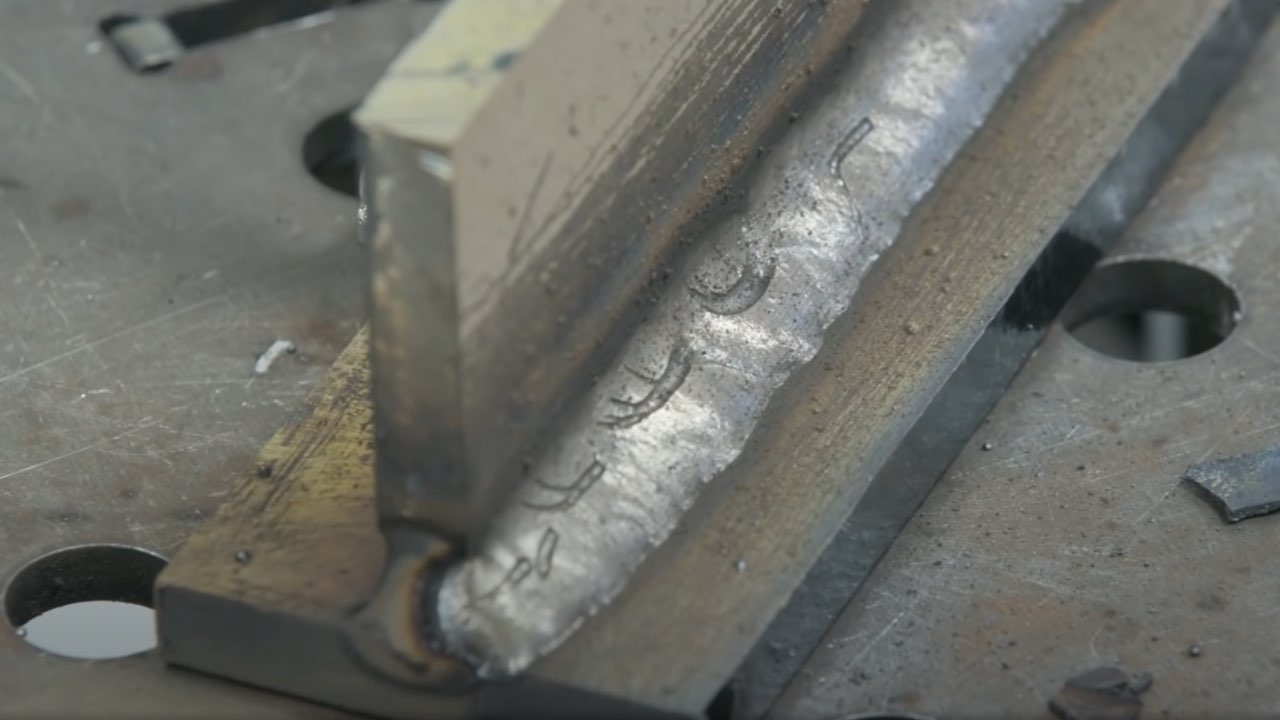Recognizing What is Porosity in Welding: Causes and Solutions
Porosity in Welding: Identifying Common Issues and Implementing Finest Practices for Prevention
Porosity in welding is a pervasive concern that typically goes undetected up until it creates significant issues with the integrity of welds. In this conversation, we will check out the vital elements adding to porosity formation, examine its destructive impacts on weld efficiency, and review the best techniques that can be adopted to lessen porosity event in welding processes.
Typical Sources Of Porosity

One more constant offender behind porosity is the visibility of pollutants on the surface area of the base steel, such as oil, grease, or rust. When these impurities are not efficiently gotten rid of before welding, they can evaporate and end up being caught in the weld, triggering flaws. Using filthy or wet filler products can present pollutants into the weld, contributing to porosity issues. To alleviate these typical sources of porosity, complete cleaning of base metals, correct securing gas choice, and adherence to ideal welding parameters are essential techniques in attaining premium, porosity-free welds.
Effect of Porosity on Weld Top Quality

The visibility of porosity in welding can substantially jeopardize the structural honesty and mechanical buildings of welded joints. Porosity develops voids within the weld steel, weakening its general strength and load-bearing capability. These gaps act as stress and anxiety focus factors, making the weld more vulnerable to fracturing and failure under used lots. Additionally, porosity can lower the weld's resistance to corrosion and other ecological factors, additionally reducing its longevity and efficiency.
One of the main effects of porosity is a decline in the weld's ductility and toughness. Welds with high porosity levels have a tendency to display reduced influence toughness and reduced ability to flaw plastically prior to fracturing. This can be particularly concerning in applications where the welded components go through dynamic or cyclic loading problems. Moreover, porosity can hamper the weld's capacity to properly send pressures, bring about early weld failing and possible safety and security hazards in crucial structures.
Finest Practices for Porosity Prevention
To improve the architectural honesty and quality of welded joints, what specific actions can be executed to lessen the event of porosity throughout the welding procedure? Using the appropriate welding method for the certain product being bonded, check my reference such as readjusting the welding angle and weapon position, can even more stop porosity. Normal examination of welds and immediate remediation of any issues identified during the welding process are vital techniques to protect against porosity and produce premium welds.
Value of Appropriate Welding Methods
Carrying out appropriate welding strategies is vital in making visit this page certain the structural integrity and high quality of welded joints, constructing upon the foundation of reliable porosity prevention actions. Excessive warmth can lead to enhanced porosity due to the entrapment of gases in the weld swimming pool. Additionally, making use of the appropriate welding specifications, such as voltage, present, and travel rate, is essential for attaining sound welds with marginal porosity.
Additionally, the selection of welding process, whether it be MIG, TIG, or stick welding, must straighten with the particular needs of the project to ensure optimum results. Appropriate cleansing and preparation of the base metal, in addition to picking the best filler product, are additionally important parts of proficient welding methods. By sticking to these ideal techniques, welders can lessen the danger of porosity development and generate high-grade, structurally sound welds.

Testing and Quality Assurance Actions
Quality assurance steps play an essential duty in validating the integrity and integrity of welded joints. Testing procedures are necessary to identify and prevent porosity in welding, guaranteeing the toughness and durability of the final product. Non-destructive testing techniques such as ultrasonic screening, radiographic screening, and aesthetic examination are commonly employed to identify potential problems like porosity. These methods permit the evaluation of weld top quality without endangering the honesty of the joint. What is Porosity.
Post-weld evaluations, on the various other hand, assess the last weld for any type of flaws, including porosity, and verify that it fulfills defined standards. Carrying out a comprehensive high quality control strategy that consists of comprehensive testing treatments and inspections is critical to minimizing porosity concerns and making sure the total high quality of welded joints.
Conclusion
Finally, porosity in welding can be a common problem that affects the top quality of welds. By recognizing the common causes of porosity and executing ideal methods for avoidance, such as appropriate welding methods and screening procedures, welders can make certain visit top quality and trustworthy welds. It is necessary to focus on prevention approaches to reduce the event of porosity and keep the honesty of bonded frameworks.